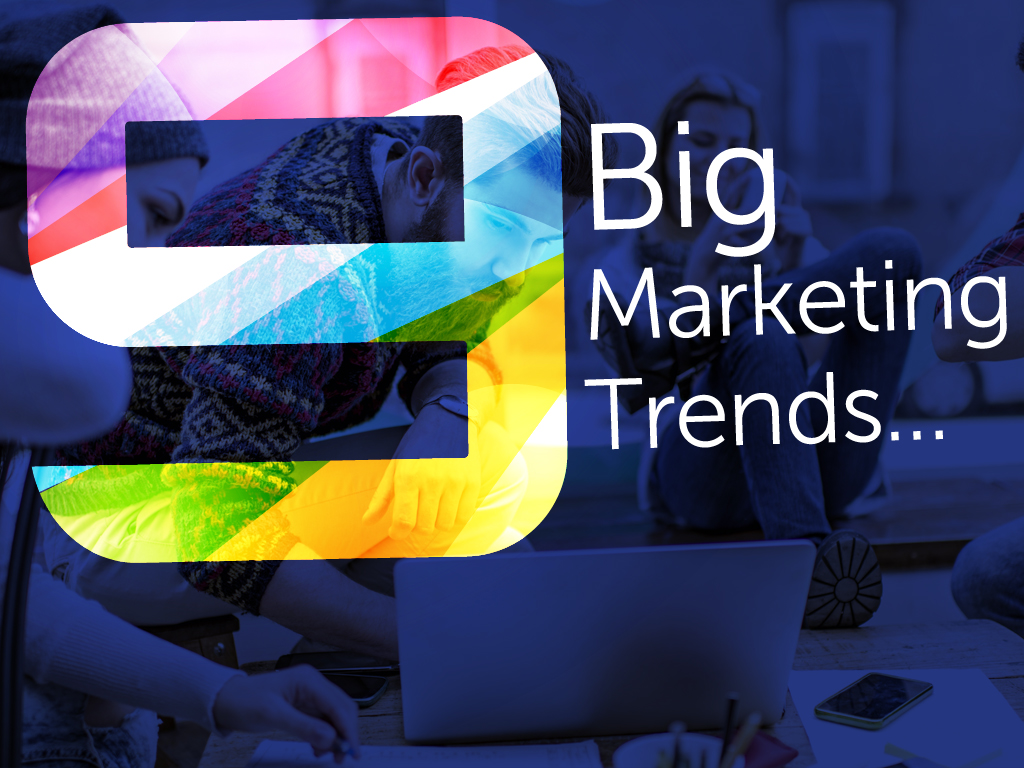When it comes to creating great content that customers eagerly consume, even some of the biggest names in the business struggle – and sometimes fail. In fact, reps for two such brands, the New York Times and HBO, spoke last month at Ad Age’s digital marketing conference about the lessons they’ve learned from some of their most distinct failures.
The New York Times
For her part, Meredith Kopit Levien, executive vice president of advertising at the New York Times, pointed to the Oscar-winning movie “12 Years a Slave”, which was based on the memoir by Solomon Northup.
“161 years ago, the New York Times wrote a story about Northup and one of the many wonders of working at a venerable institution like the New York Times is that we found the story and prepped it for its social media debut,” Levien said.
After tweeting out a link to the 161-year-old story, Levien said the brand “sat back and prepared ourselves to harvest a flood of traffic.”
But that’s not what happened. Instead, Gawker created its own post based on the Times story and, disappointingly for the Times at least, “what for us was a modest successful social media moment turned in to a huge monetizable hit for Gawker.”
The same was true for the Times’ video about photographer Walter Chandoha, Lessons from a Master Cat Photographer, which garnered a modest 7,400 views.
“How can we be the only place on earth that doesn’t make a cat video go viral?” Levien said.
In the midst of these disappointments came the unexpected release of the internal Times report about its digital struggles, which was leaked to BuzzFeed, which then created a post that eventually garnered nearly 500,000 views.
“We are winning at journalism, but losing at finding the widest audience for it,” Levien said. But, since that report was published, Levien said the Times has made some important changes to its digital content efforts.
Namely, the brand has “[defied] the gravity of tradition…We have embraced the notion that it’s not enough just to find the best stories, but to also find the right audience for those stories and the job doesn’t end at just getting the story,” she said.
In part to illustrate the increasing importance of other platforms, the Times’ daily meeting to pitch what should be on the front page of the newspaper is no longer called Page One, she said.
The brand has also invented what Levien calls “new ways to create value.”
In other words, the Times has moved into the branded content space with more than 50 pieces of so-called brand storytelling to date, Levien said.
“Whether it’s a story from a marketer or the newsroom, it’s the kind of work that makes them feel things, stop and share that find the widest audience,” she said.
But, at the same time, Levien said the Times hasn’t lost sight of what got it to this point in the first place.
“Quality storytelling is what got us here,” Levien said.
To illustrate this, she pointed to a scoop reporter Nicola Clark got about the deliberate crash of the Germanwings flight in March, which enabled the New York Times to “dominate” worldwide coverage for two and a half days.
HBO
After a 2012 Nielsen study found most consumers were using devices while watching TV, Sabrina Caluori, vice president of digital and social media at HBO, said she was suddenly getting pressure from above about what it meant for HBO and how the brand could continue to drive engagement.
HBO launched its social TV platform HBO Connect in 2011, which, she said, was a “huge success” in the traditional sense that it generated headlines.
With HBO Connect, the brand “created a site where we aggregated the conversation around shows and branded it, which was the first time a network had done that,” she said. “We were not going to let Viggle and GetGlue be the only destination for fans. We should be able to curate the experience for our fans.”
However, Caluori said, even though HBO Connect was “well-received by the ad community…the dirty secret is that it did not deliver on the engagement we had hoped.”
So the brand went back and did a lot of research to figure out what exactly second screens meant for HBO and, in 2013, the team began working on a “Game of Thrones” second-screen experience for Xbox.
“There are so many people, places and challenges to keep track of [in ‘Game of Thrones’], so we created a rich, robust second-screen experience and you could get all this ancillary content to figure out what’s going on,” Caluori said.
But even though it was a “beautiful experience” that was “well-received,” it was not that heavily used, so Caluori said HBO once again went back to its research to figure out what was going on.
That’s when HBO had something of an “aha!” moment, she said.
“Consumers were actually paying attention to the first screen, so why are we trying to distract you? That was a key moment for us,” Caluori said. “They don’t want to be distracted from the show. If you’re watching ‘Game of Thrones’ and you look down, you might miss your favorite character getting killed, which made us rethink the second screen.”
In other words, while consumers want to talk about and engage with HBO’s content, they don’t want to do so during the actual programming.
As a result, Caluori said HBO has since shifted its efforts to create more of a “fully responsive web experience” that is more like a “companion experience…meant to be consumed after or before viewing, which was a huge shift for us.” The National Geographic Channel has done similar, most recently with its immersive “Killing Jesus” website.
Finally, the brand saw the engagement it was looking for – to the tune of 1 million uniques per week.
“[Consumers] kept coming back because they need to understand new characters and it became a companion piece to the show,” Caluori said.
As a result, HBO will be launching a new version of HBO Connect this summer and “repositioning it to be where the most engaged consumers can come back for exclusive experiences on an ongoing basis,” Caluori added.


